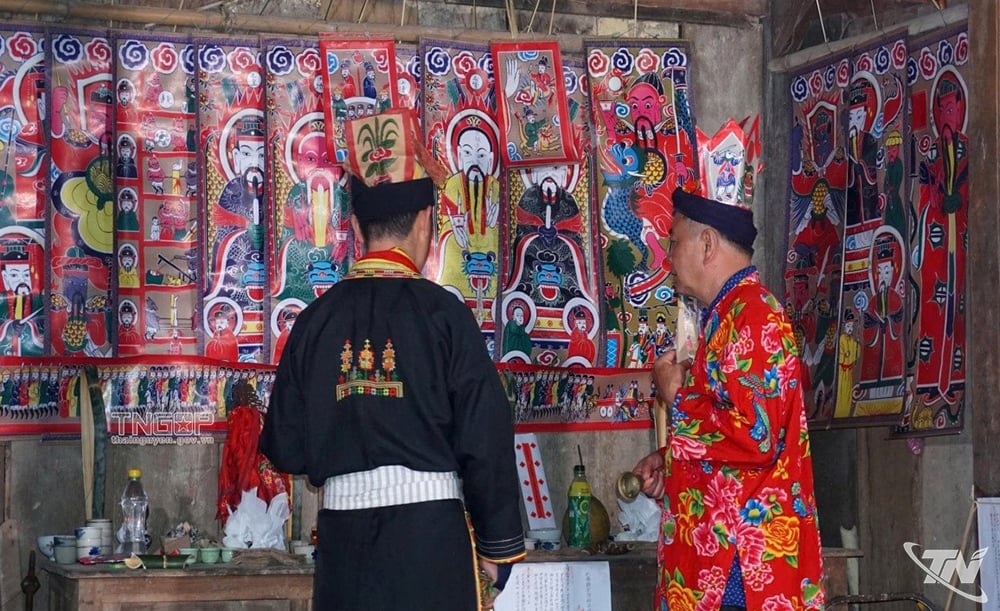 |
| Ritual part of the Harvest Festival of the Dao Lo Gang people. |
The Harvest Festival is a traditional festival, social custom and belief of the Dao Lo Gang people living in the communes of Dan Tien, Vo Nhai, Than Sa, Nghinh Tuong, Thai Nguyen province.
This is one of the unique rituals that has been passed down for many generations in the Dao Lo Gang community, typically featuring visual arts, performing arts, and a ritual space imbued with spirituality.
The Harvest Prayer Ceremony has been passed down through many generations in the community, integrating the unique cultural and artistic values of the Dao Lo Gang people. Once a year, the Dao Lo Gang people hold a festival to pray for a good harvest. The time of the festival is determined by the shaman and is chosen in the spring to be performed.
To prepare for the festival, the Dao people prepare wine and meat, clean their houses, and display beautiful items to welcome guests to the festival.
Mr. Ban Phuc Hien, Head of Na Ba hamlet, Dan Tien commune, said: The hamlet has 76 households, 100% of whom are Dao people. According to the tradition of organizing the Harvest Festival, each family contributes 1 rooster, 1.5 liters of wine, 250,000 VND, 5 sheets of paper, 5 bags of rice, 2 bags of sticky rice.
At the same time, each family brings a bag of rice or corn to offer during the festival, praying for the gods to bless the people with a bountiful harvest, full houses of rice and corn, and a prosperous and prosperous season for livestock and increased production.
All who attended the festival contributed to specific tasks, each family represented 1 to 2 people to participate. Young and strong men were assigned to butcher pork and chicken, while women participated in cooking the offerings. The middle-aged men were assigned to print money, paper money, build bridges, hang petitions, and other young men planted trees and built forests. Without anyone telling anyone, everyone raised their awareness to prepare for the ceremony carefully.
The Harvest Festival of the Dao Lo Gang people is associated with agricultural residents. From the concept of all things being spiritual, if you want to pray for something, you must pray to that god. Therefore, those who work in the fields and forests must perform the ritual of worshiping the God of Agriculture and the God of the Forest. The forms of preparing offerings and the purpose of the Festival are to invite the gods in the sky, on the earth, the gods of rivers, streams, mountains, forests... to come and witness the people's thanksgiving ceremony.
From then on, the gods "heard" the prayers of the people and called the clouds to make rain, the wind, the sun to sow fresh water for life. Those humane elements were expressed through the offerings, prayers, and songs of the shamans performed during the festival.
The unique features are not only expressed through the Pa Dung singing performances, the lyrics sung in the festival but also in the dances of the shaman and the people. Through the performance movements, the cycle of human life from birth to adulthood and old age will be depicted in a symbolic and profound way.
Sli is a unique art of antiphonal singing of the Nung people. Sli singing is called “Va Sli” or “Pay and Sli” in the Nung language. Some people call it “Di ban” or “Vi singing”. Sli are poems and rhymes of varying lengths, often expressed in the seven-word eight-line or seven-word quatrain form.
Sli was formed in the working life, the struggle to transform nature, transform society to reflect truthfully and vividly the working life, production and daily activities of the Nung Phan Slinh people, expressing people's thoughts, feelings and aspirations, praising love, couples, the beauty of nature, homeland and village.
Sli singing must be done in pairs, meaning that whether the male or female side always combines two people into a pair. Sli is sung on many occasions: festivals, fairs, weddings, housewarmings, or when the village has guests or visits another village, in the Het khoan ritual (birthday celebration ritual)... Today, Sli has become an indispensable part of the life of the Nung Phan Slinh people.
Previously, in 2023, implementing Project 6 on "Preserving and promoting the fine traditional cultural values of ethnic minorities associated with tourism development", the Museum of Cultures of Vietnam's Ethnic Groups coordinated with local authorities to build a model to preserve and promote the Sli singing tune of the Nung ethnic group in Hoa Binh commune (now Van Lang commune).
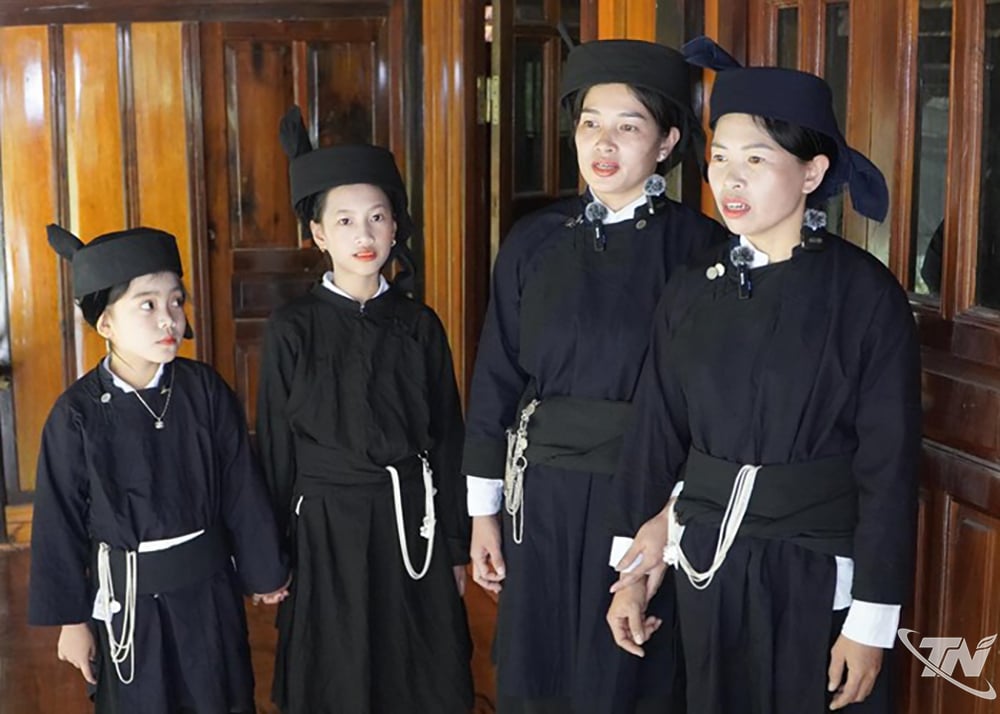 |
| Teaching the traditional Sli dance performance of the Nung ethnic group. |
To date, Thai Nguyen province has 45 intangible cultural heritages included in the National Intangible Cultural Heritage List. In particular, the province has 1 intangible cultural heritage included in the Representative List of Intangible Cultural Heritage of Humanity.
This recognition is a source of motivation for each locality to continue to preserve, exploit and effectively promote the value of the heritage, thereby helping the heritage to spread widely, contributing to enriching and making more unique the traditional cultural flow of the land of Tra.
Source: https://baothainguyen.vn/van-hoa/202507/dong-chay-van-hoa-giua-long-thoi-gian-2eb0d1d/





![[Photo] Hanoi morning of October 1: Prolonged flooding, people wade to work](https://vphoto.vietnam.vn/thumb/1200x675/vietnam/resource/IMAGE/2025/10/1/189be28938e3493fa26b2938efa2059e)




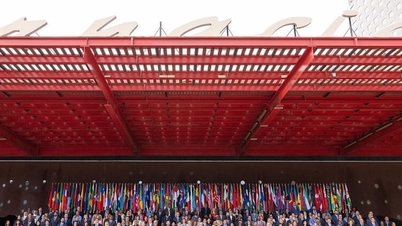

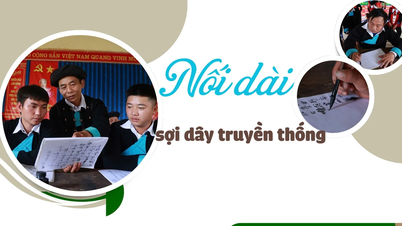
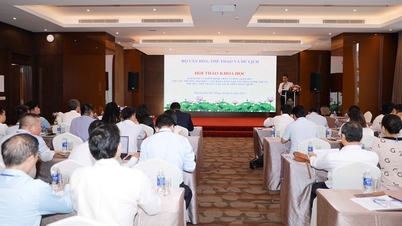

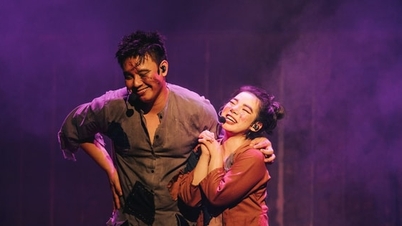
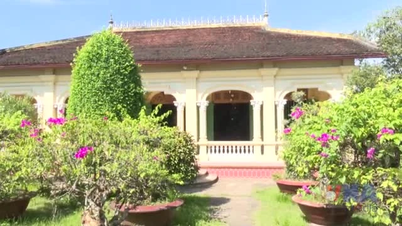



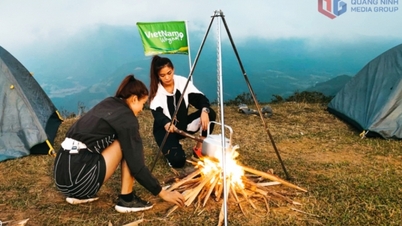

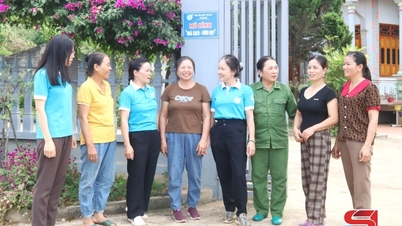


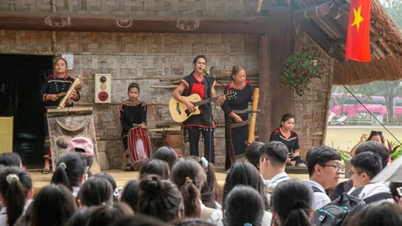
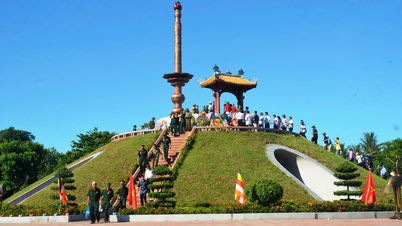






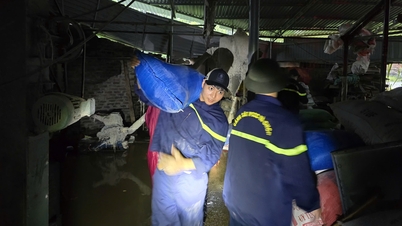
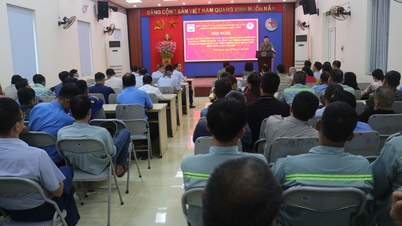
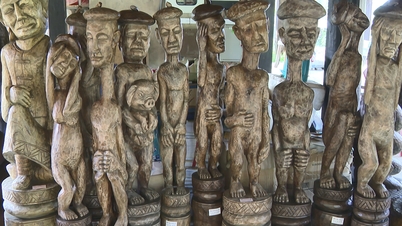


![[Photo] Panorama of the cable-stayed bridge, the final bottleneck of the Ben Luc-Long Thanh expressway](https://vphoto.vietnam.vn/thumb/1200x675/vietnam/resource/IMAGE/2025/9/30/391fdf21025541d6b2f092e49a17243f)
![[Photo] The 1st Congress of Phu Tho Provincial Party Committee, term 2025-2030](https://vphoto.vietnam.vn/thumb/1200x675/vietnam/resource/IMAGE/2025/9/30/1507da06216649bba8a1ce6251816820)
![[Photo] President Luong Cuong receives President of the Cuban National Assembly Esteban Lazo Hernandez](https://vphoto.vietnam.vn/thumb/1200x675/vietnam/resource/IMAGE/2025/9/30/4d38932911c24f6ea1936252bd5427fa)






















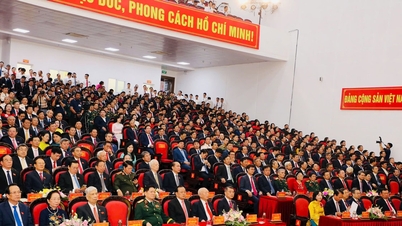

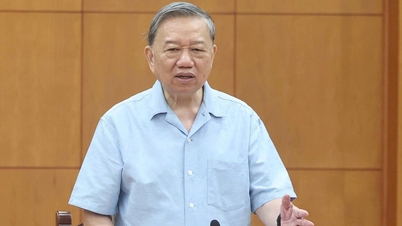
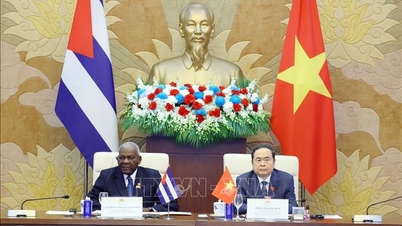












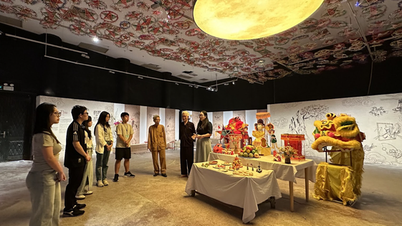
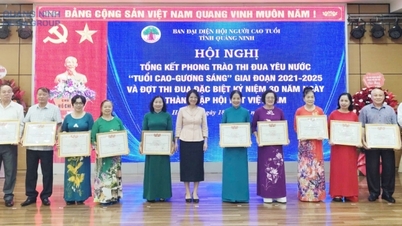

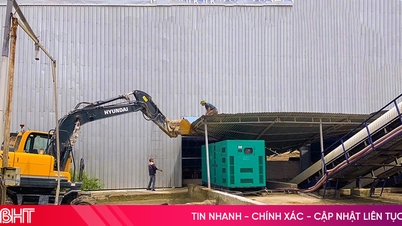

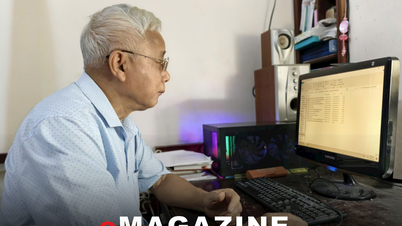

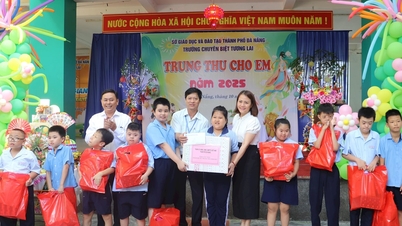
















Comment (0)